Few need any convincing to book a trip to Italy, one of the world’s most visited destinations. Its landmarks are instantly recognizable and its cuisine globally adored. Home of the ancient Romans and birthplace of the Renaissance, Italy overflows with opportunities for cultural and historical exploration. The question for travelers isn’t whether to go to Italy, but where in Italy to go and for how long.
In an ideal world, where vacation time and money weren’t crucial factors, you could easily fill several months in Italy. Sadly, we live in the real world, but if you can swing it, 10 days in Italy will allow you to experience much of the best the country has to offer. To fit in as much as possible, follow this Italy itinerary, which covers many of the best things to do in Italy for that time frame, or book a guided Italy tour with Go Ahead Tours. No time to lose!
Best Time to Visit Italy
Whatever the destination, you’ll have your best trips when you carefully plan the time to go. Your experience in Italy will vary based on the season of your visit. Individual cities might have their own ideal times, but some broad rules hold true for most of Italy.
The best time to visit Italy is generally the shoulder seasons of spring and autumn. The weather from April to June and September to October is mostly pleasant and suitable for outdoor sightseeing. Italy always has tourists, of course, but the crowds at most destinations and attractions should be manageable throughout the shoulder seasons as well. You also won’t face the extreme price hikes that happen during the high season.
The high season is July and August. While eating gelato and sipping Aperol spritz under the Tuscan summer sun might sound like perfection, that dream scenario doesn’t account for the crowds and overpriced, limited accommodations – not to mention the never-ending lines. Italy is one of the places in Europe where purchasing skip-the-line tickets in advance makes the most sense.
Winter in Italy also has its trade-offs. Fewer tourists around means low prices for hotels, but accommodations and attractions often close for the offseason. Then there are the shorter days, cold weather, and (in Venice’s case) higher chance of flooding. All things considered, the shoulder season remains the best time to visit.
How to Get Around Italy
Despite how large it is, Italy isn’t a difficult country to navigate. You have various options for getting around while visiting Italy.
One way, of course, is with a car. Renting a car allows you to personalize your schedule entirely, going where you like and when. However, driving in Italian cities can be a challenge and parking even more so. In fact, for your visit to Venice, you’ll have to leave your car in a mainland area such as Mestre.
Recommendation: To find the best rate on your rental car, check out RentalCars.com. This site searches and compares prices from all major rental companies in Italy, ensuring you get the best possible price.
If driving around Italy doesn’t appeal to you or work with your plans, you can safely rely on public transportation. Italy has an incredibly comprehensive network of intercity and regional trains that should make following this Italy itinerary a breeze. Though regional trains may be cheaper, Le Frecce trains are the fastest and most comfortable way to travel through the country. Just remember to use the Italian names of cities when searching and booking tickets (e.g., Firenze rather than Florence, Venezia rather than Venice).
You can also get around Italy by bus. Buses may not be as fast as trains, but they can be a cheaper and useful alternative, especially if trains are fully booked in the peak season. Flixbus is the main bus company for intercity trips between major Italian destinations.
Where to Stay in Italy
Another vital consideration is where to stay in Italy. In terms of location, style, facilities, and price, the best places to stay in Italy depend largely on your preferences, but here are the main tips and options to get you started.
First of all, if you plan to visit in summer or close to it, book well in advance to make sure you get somewhere you like. One of the great things about Italy is its accommodations for every travel budget, especially in the destinations on this itinerary, but you still need to snag your ideal place before it’s gone.
You can find these accommodation options on several websites. We recommend Hostelworld for budget travelers seeking dorms or private rooms in hostels. You can also check out our lists of the best hostels in Milan, Venice, Florence, and Rome. For hotels, apartments, guesthouses, and various other options, Booking.com is a great place to start. If you’re looking to stay in a local residence, whether with other people or on your own, it’s worth taking a look at Airbnb.
In case sifting through pages of listings doesn’t appeal to you, we’ve included recommendations for accommodation at each stop on your Italian itinerary below.
The Perfect 10-Day Italy Itinerary
This itinerary will walk you through what to do in Italy in 10 days, from the cosmopolitan city of Milan in the north, over to the floating city of Venice, down to beautiful Florence, and finally to Rome before you say “arrivederci.” The journey takes you across almost half of Italy, showing you four wildly different major cities and then some. You won’t see all of Italy, but you’ll see many of the best parts.
However, before we get to our Italy itinerary, we just wanted to remind you to purchase travel insurance. You never know what will happen and, trust us, you do not want to get stuck with thousands of dollars in medical bills. As a wise man once said, “If you can’t afford travel insurance, you can’t afford to travel.” So don’t leave home without it.
SafetyWing offers travel insurance for only about $10 a week, making it a no-brainer to get. You can get a quick, non-binding quote below:
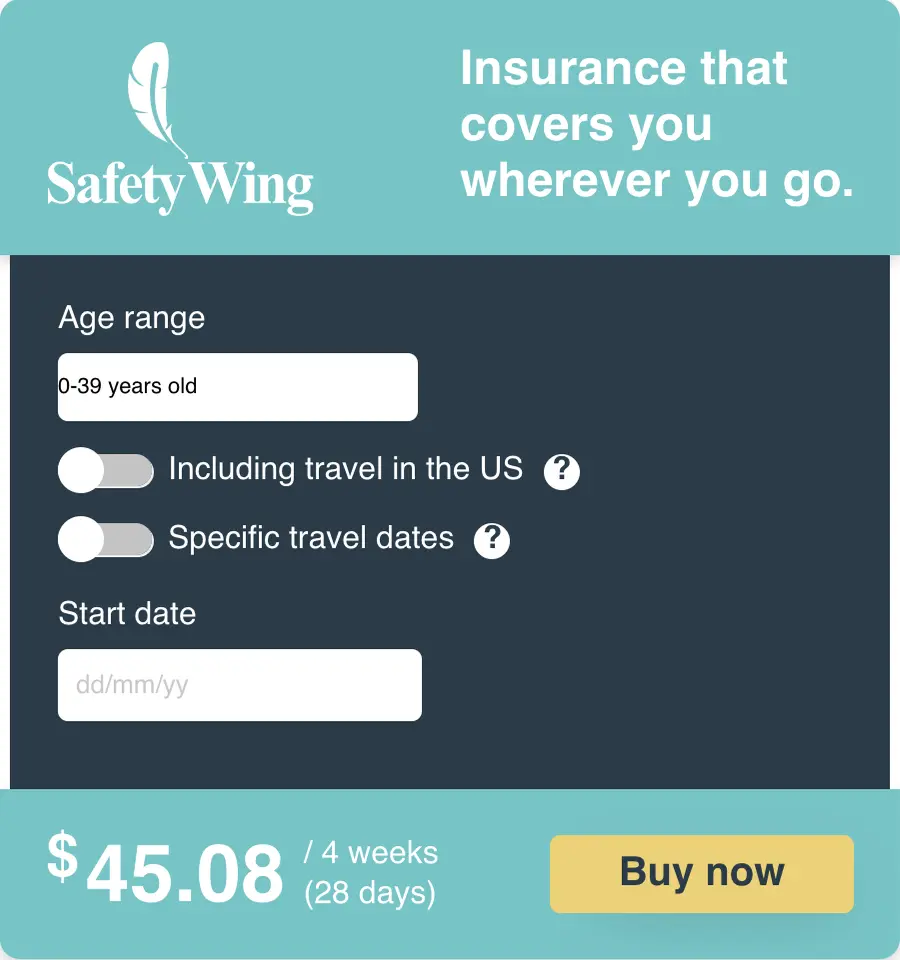
SafetyWing is, of course, not the only option available. Two other popular alternatives are World Nomads and Heymondo.
Now let’s get back to the perfect Italy travel itinerary, which will take you to as many of the best places to visit in Italy as possible during your 10 days in the country.
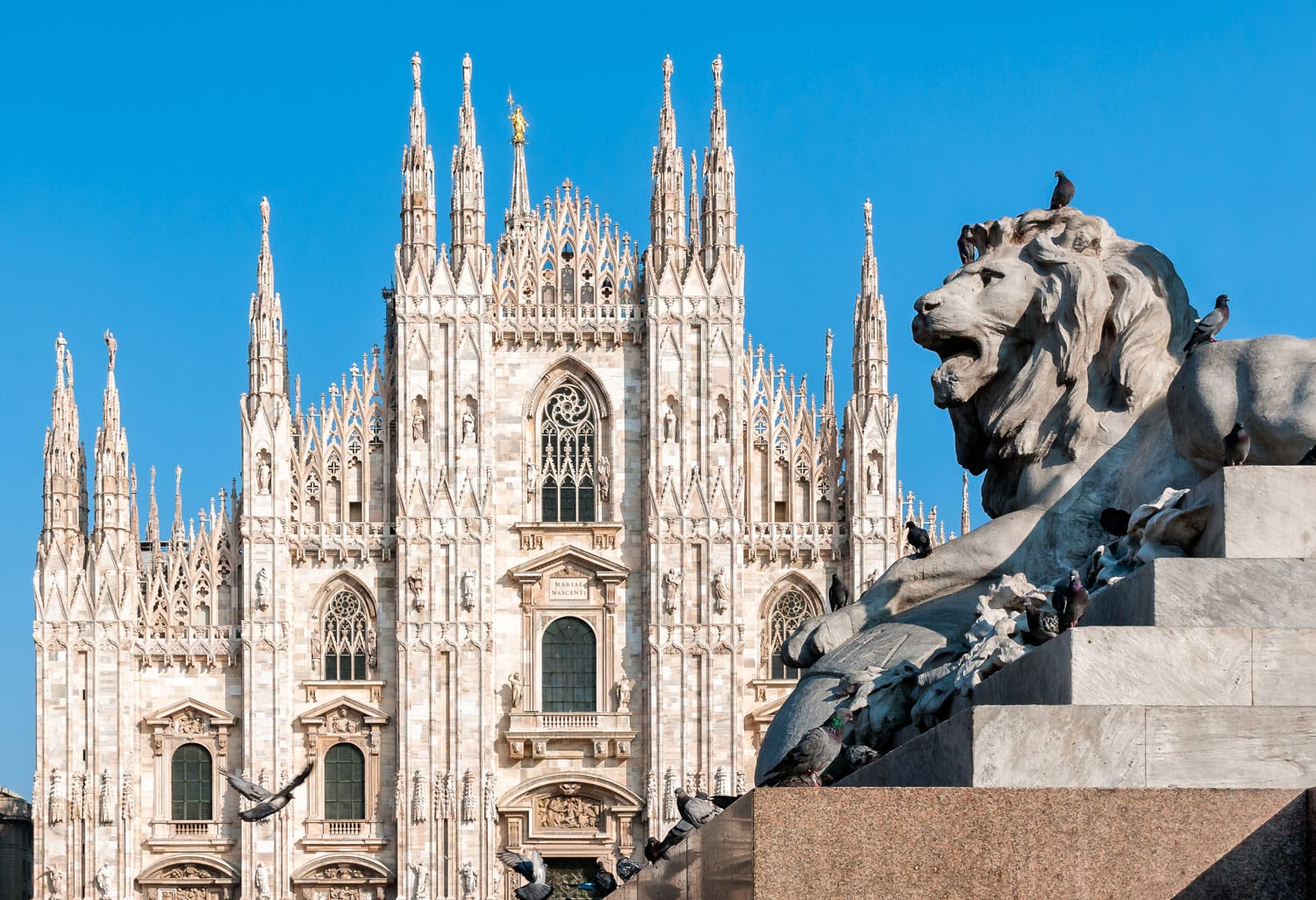
Day 1: Milan
Your journey starts in Milan, a dynamic city of fashion and culture in the north of Italy. Milan is one of the country’s largest cities and probably the most modern destination on this trip, featuring a dense mix of historic landmarks amidst a bustling metropolis.
Begin with the impressive central square of Piazza del Duomo and the prominent Gothic Milan Cathedral at its center. Don’t just visit inside the cathedral, though – head up to the roof, both to admire the architecture up close and for city views. You can buy your skip-the-line tickets to the Duomo here.
Just off the square, you can walk through the glamorous Galleria Vittorio Emanuele II arcade for some window shopping. A short walk takes you to La Scala, the city’s distinguished home of opera and ballet, which you should definitely visit in the evening.
To experience Milan’s more historic side, venture over to Castello Sforzesco, once home to the duke of Milan. After you’ve explored the castle, continue on to the expansive grounds of Parco Sempione and find the Porta Sempione archway.
Spend the rest of your day heading over to Porta Ticinese, wandering along the Navigli Canals, and enjoying a bar or restaurant (or both).
Best places to stay in Milan:
Further reading:
- 3 Days in Milan: The Perfect Milan Itinerary
- 7 Best Things to Do in Milan
- 15 Best Day Trips from Milan
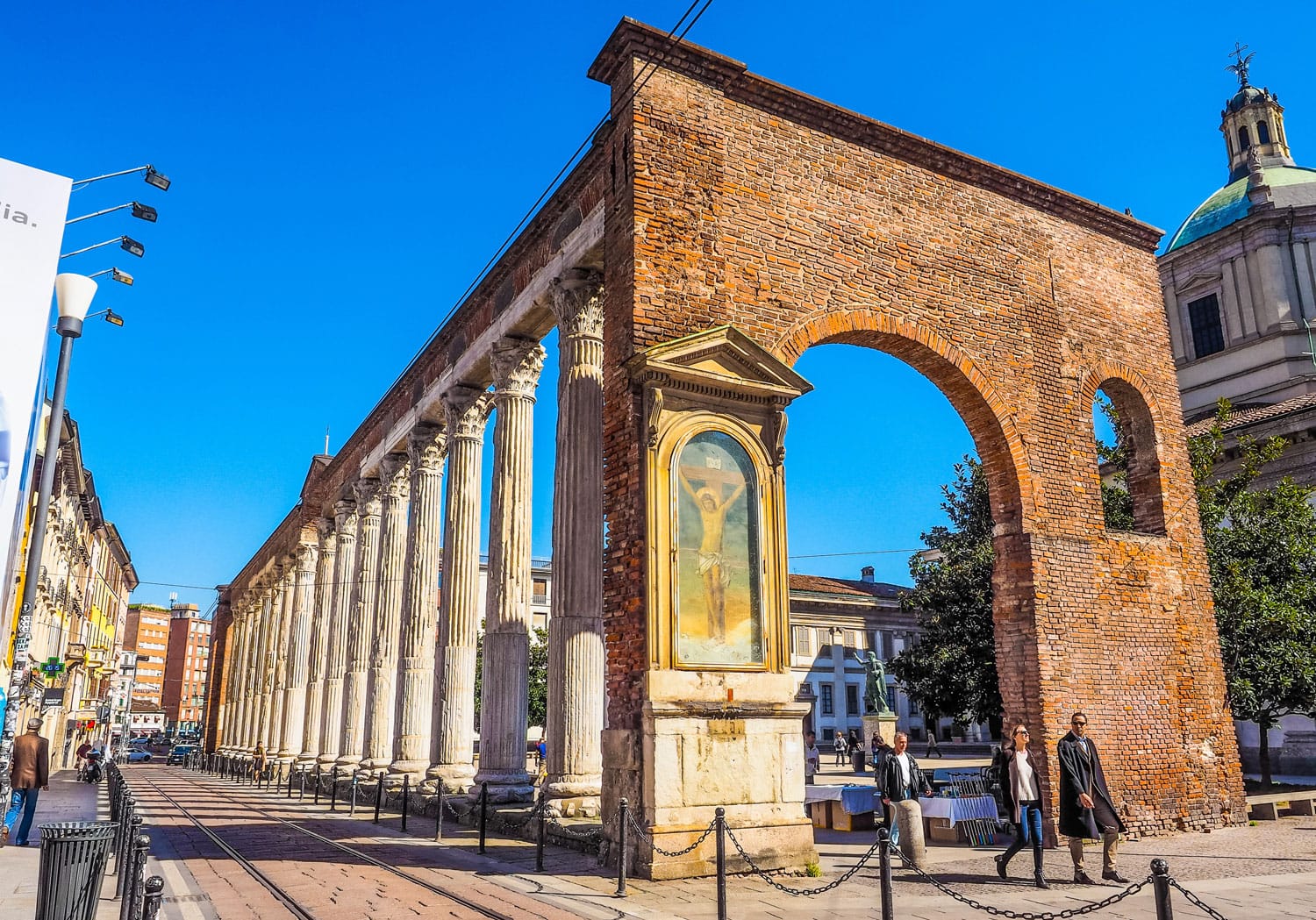
Day 2: Milan
You’re not done with Milan quite yet; you’ve still got another day of sightseeing here to enjoy. Beyond major landmarks, you’ll see a different side of Milan through its neighborhoods.
Start the day with a visit to the Santa Maria delle Grazie, the church where you can see the original Leonardo da Vinci painting of “The Last Supper” – one of the most famous and oft-replicated art scenes in history. As you can imagine, lines for this attraction are quite long in the summer, so if that’s when you’ll visit, get your tickets in advance here. Over by another church, the Basilica of San Lorenzo Maggiore, you’ll find various ancient Roman ruins, including the row of columns known as the Colonne di San Lorenzo.
To experience another part of the city, head over to the up-and-coming neighborhood of Isola. With Isola’s abundant street art and entrepreneurial spirit, it’s interesting that it borders the contrastingly straight-laced business district of Porta Nuova. This is a side of Italy you won’t see much of elsewhere, and the hanging garden of the Bosco Verticale is pretty special. You’ll also be in the right place for shopping or bar hopping.
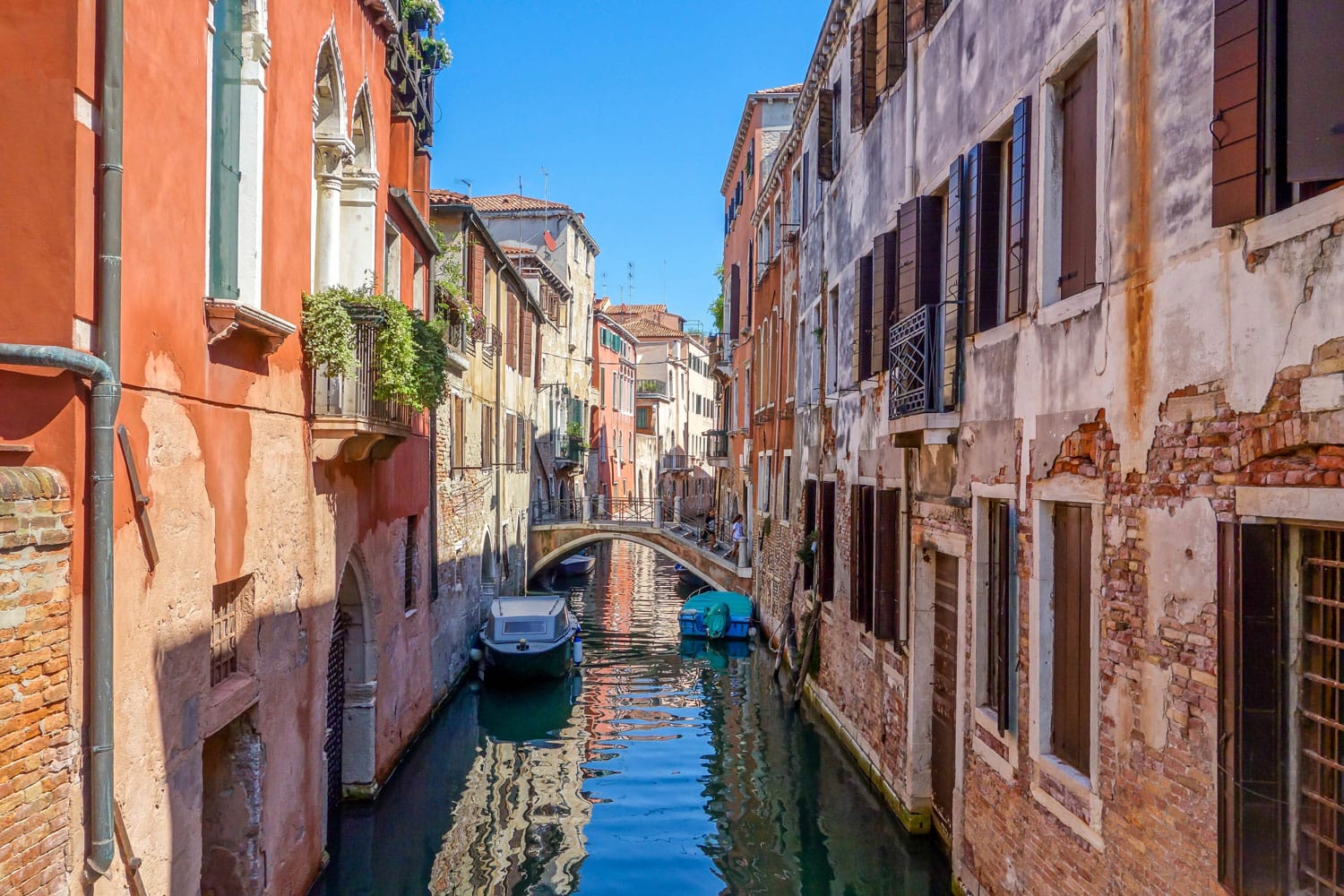
Day 3: Venice
There’s a reason why so many places try to claim they have their own “Venice” – the original is absurdly spectacular. Found in a lagoon on Italy’s eastern coast, Venice is a city where the roads are canals and tourists vastly outnumber locals.
There’s no better place to start your time in Venice than the Grand Canal. This is the major waterway that carves through the middle of Venice, where you’ll find many of the city’s classic views. Of course, this includes the most famous of Venice’s many bridges, the elegant Ponte di Rialto.
Wander the labyrinth of streets and canals that make up much of Venice’s interior, allowing yourself to get lost, before stumbling through to St. Mark’s Square. This distinguished plaza is the busiest and most beloved point in Venice, thanks to the many attractions here. Even fixtures like St. Mark’s Clock Tower and the many museums around its sides are somehow bystanders in this massive tourist spot.
With all the gondolas lining the waterfront, St. Mark’s Campanile is begging to be climbed for the views, which include St. Mark’s Basilica and the architectural magnificence of the Doge’s Palace. Be sure to tour the palace, then dart around the side to see the tragically named Bridge of Sighs.
Recommendation: Lines for both St. Mark’s Basilica and the Doge’s Palace can get quite long, especially in the high season, so it may make sense to get tickets in advance. You can purchase your skip-the-line tickets to St. Mark’s Basilica here and for the Doge’s Palace here.
The day’s not over yet – you still have to find time for a gondola ride. Gently floating down the narrow canals, you’ll see Venice in a new light and fall further in love with the city known as “La Serenissima.”
Best places to stay in Venice:
Further reading:
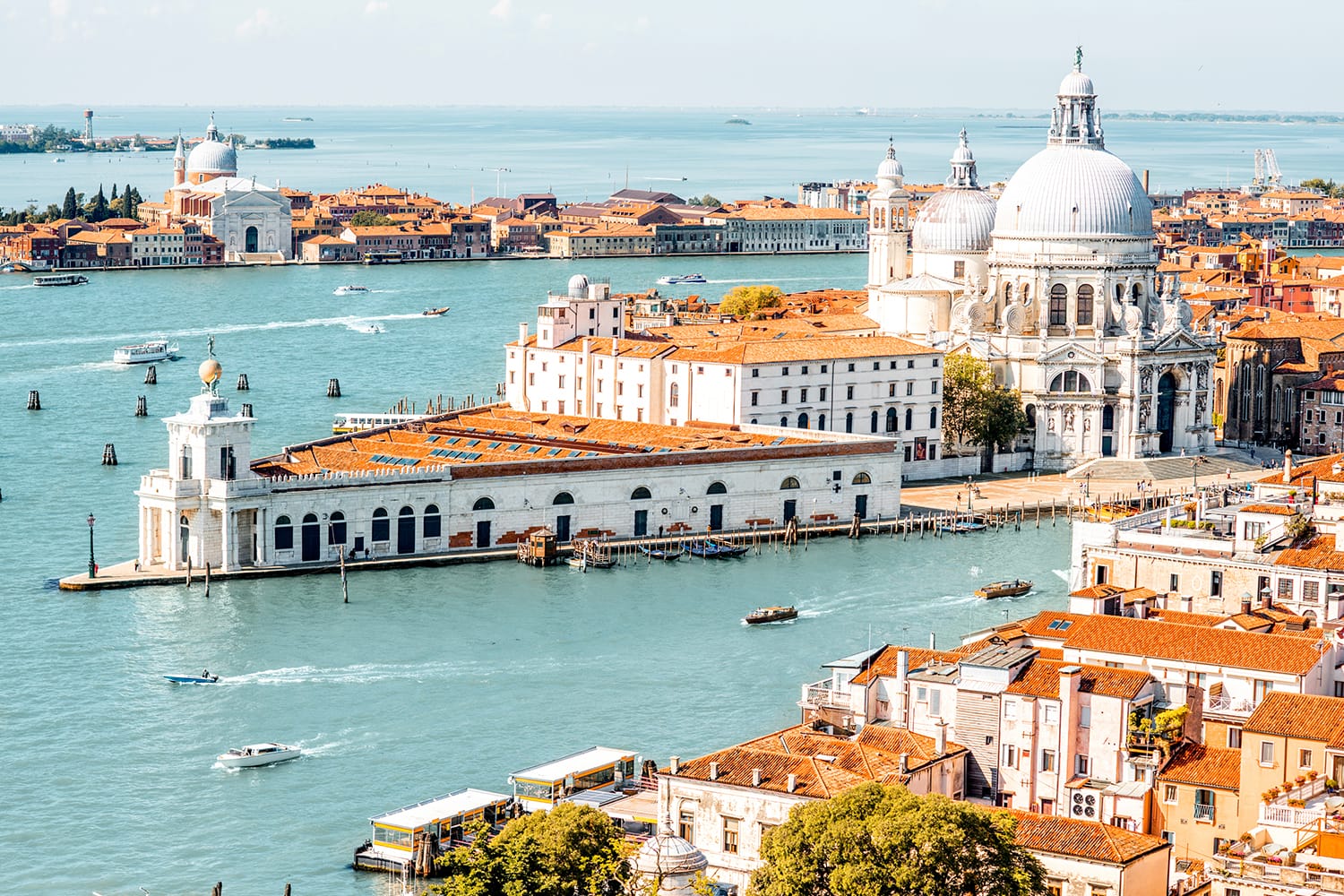
Day 4: Venice
At this point, you’ve really only touched on the attractions in one part of Venice’s main borough. We haven’t gotten to the outer parts of Venice’s center, let alone any of the other 100 or so islands that make up the city.
We’ll start with the small island of San Giorgio Maggiore across from St. Mark’s Square. You’ll see not only the island’s grand namesake church, but also ever-changing art installations throughout the gardens and parks.
By now, you’ve probably noticed the Basilica di Santa Maria della Salute resting along the Grand Canal in the university district of Dorsoduro. A short vaporetto (canal boat) ride gets you there. You can admire the architecture of the entire area around the basilica, then go inside to see paintings by Titian.
Another vaporetto ride takes you to the next island, Giudecca, which has a gentler and more relaxed vibe. There are still some pretty monumental places to visit here, though – especially in terms of architecture, such as the Casa dei Tre Oci and Le Zittele.
Islands farther out that you don’t want to miss include Lido, home to Venice’s beaches, and the creative Burano and Murano, with their colorful houses and love of glasswork.
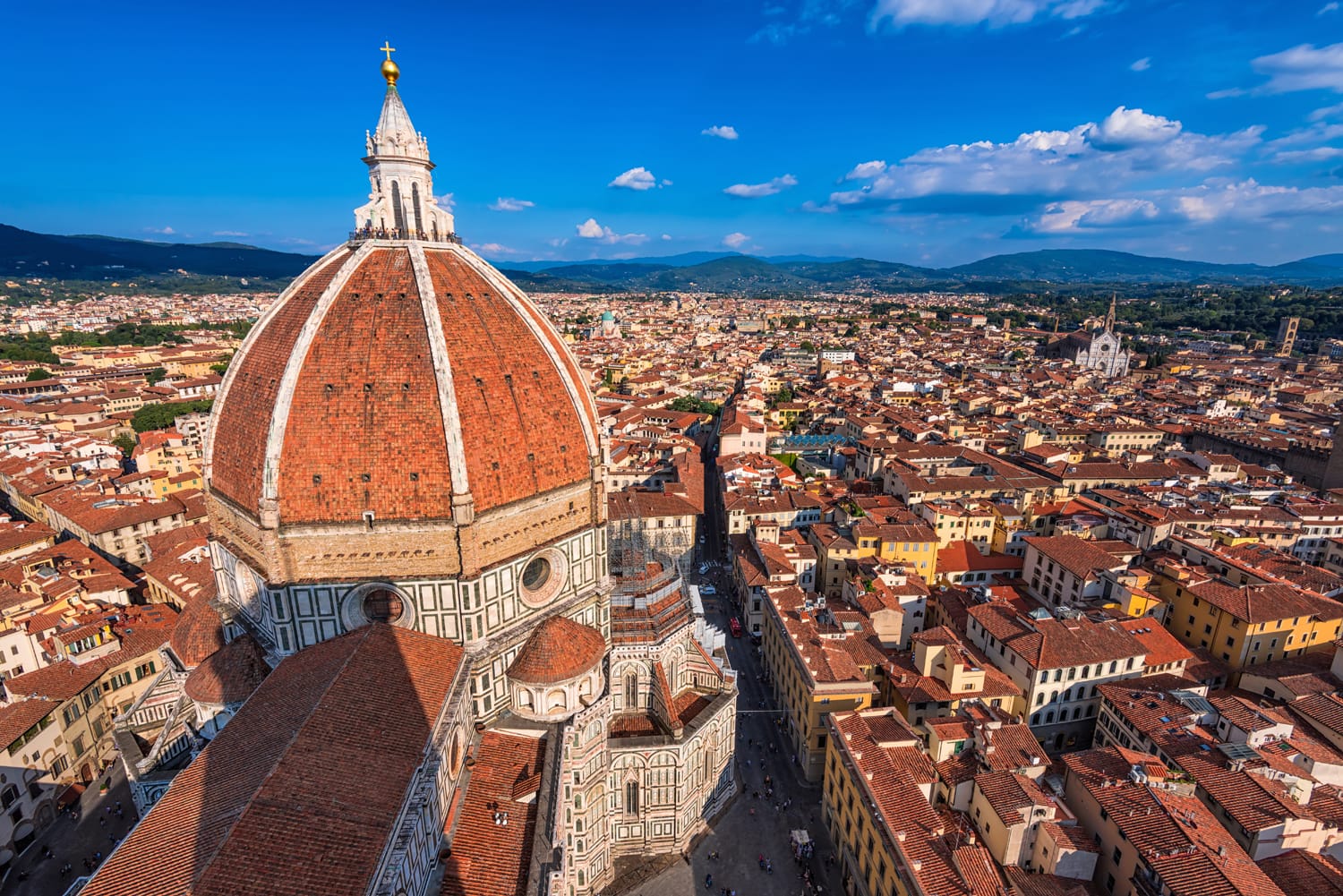
Day 5: Florence
Up next is the memorable Renaissance city of Florence, the birthplace of so many famous works of art. You’ll definitely experience a lot of history and high culture here.
There’s no time to lose in Florence, so head straight for the Piazza del Duomo, the beating heart of the city. Here you can appreciate landmarks like the Florence Cathedral and the Baptistery of St. John, then decide whether you want an epic view from the roof of the cathedral or from next door at its bell tower, Giotto’s Campanile.
After some time strolling the pretty streets and squares of Florence’s historic center, find your way to the fabulous Piazza della Signoria. Here you’ll be treated to the Fountain of Neptune and all the statues of the Loggia dei Lanzi. Don’t forget a visit inside Palazzo Vecchio to see its incredible ceiling fresco.
Round out the day with iconic works of art, including Michelangelo’s statue of David at the famous Galleria dell’Accademia.
Best places to stay in Florence:
Further reading:
- 3 Days in Florence: The Perfect Florence Itinerary
- 10 Best Day Trips from Florence
- 10 Best Tours in Florence
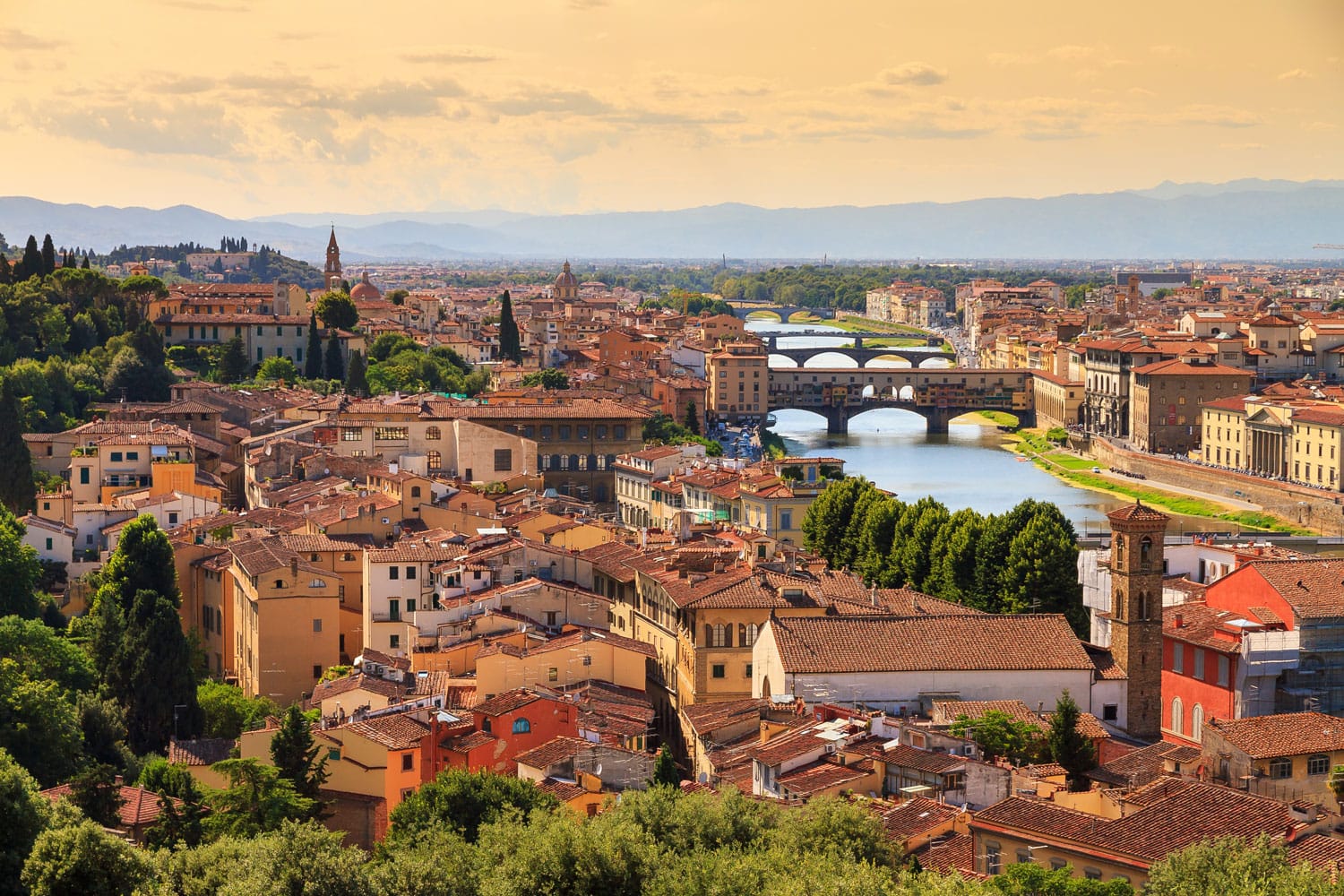
Day 6: Florence
There’s still much more of Florence for you to explore, so you’re in for another full day of sightseeing around this wondrous city.
Start early with a trip to the Basilica of Santa Croce, home to the tombs of some of history’s greatest minds, including Galileo, Machiavelli, and Michelangelo. It’s then time for more high art at the acclaimed Uffizi Gallery, where you’ll find endless works of art by Italian Renaissance masters such as Raffaello, Michelangelo, and Caravaggio.
Recommendation: Lines for the Uffizi Gallery are always super long, even in the low season. The same goes for the Galleria dell’Accademia. Unless you have a lot of patience and don’t mind waiting in lines, get your Uffizi tickets online in advance. You can purchase your skip-the-line tickets to the Uffizi Gallery here and for the Galleria dell’Accademia here.
With a gelato in hand, stroll along the banks of the Arno River and cross the beautifully iconic Ponte Vecchio to the other side. From there, enjoy more art and history at Palazzo Pitti or the serenity of the Boboli Gardens. Finish the day with unparalleled views of the city and the dramatic sunset from the perfect spot at Piazzale Michelangelo.
Further reading:
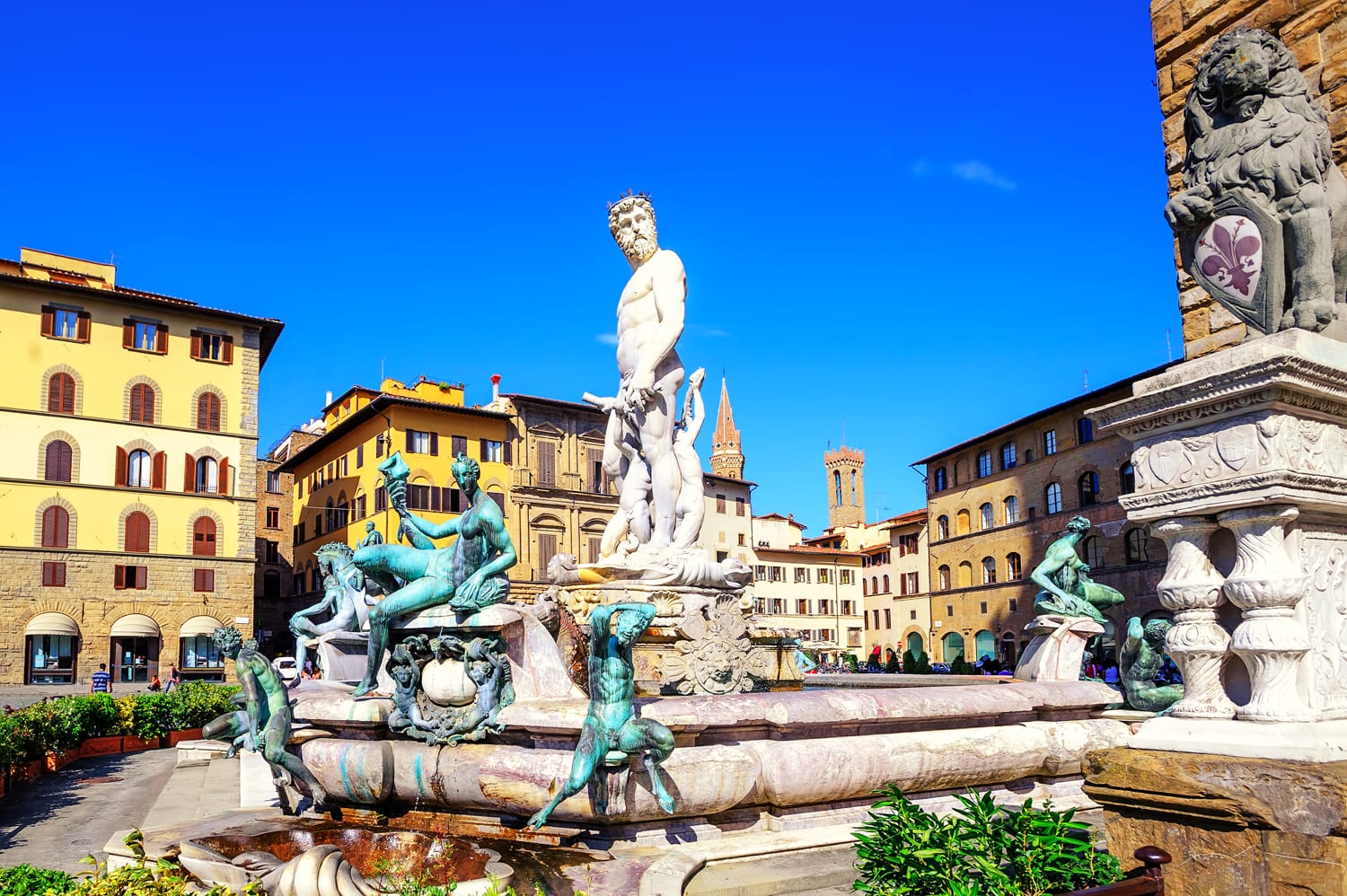
Day 7: Florence
Being the biggest city in Tuscany, Florence is an ideal base for exploring the surrounding areas. You’re spoiled for choice when it comes to day trips, but we’ve covered some of the best and most popular options.
- Pisa: You may know it for the Leaning Tower of Pisa, but this city has enough other sights to keep you occupied for a day. Right next to the tower, you’ll see the striking Pisa Baptistery and impressive Pisa Cathedral. Other attractions include the riverfront, Renaissance palaces, and fortress gardens. You can book a day tour to Pisa here.
- Siena: Few cities can go toe-to-toe with Florence, but Siena puts in a good effort. Full of medieval charm and culture, this hilltop city is a safe bet for a day trip. Whether you’re in the Piazza del Campo looking up at the Torre del Mangia or inside the striped cathedral, Siena is fascinating even with its similarities to Florence. You can book a day tour to Siena here.
- Cinque Terre: Surely one of the prettiest stretches of coastline anywhere in Italy, the five villages of this national park are a wonder to behold. Each colorful village sits proudly among the coastal scenery, featuring fishing harbors, stretches of beachfront, and verdant vineyards. The Cinque Terre is quite far from Florence and challenging to plan as a day trip on your own, though. If you want to see the Cinque Terre on a day trip, we highly recommend you join a guided tour from Florence. You can learn more about this great destination in our Cinque Terre guide.
- Lucca: Not as well known as other destinations in this part of Italy, Lucca is nevertheless a great place to visit. Behind its colossal medieval walls lies a fantastically preserved historic city full of piazzas, churches, and especially towers. There are plenty of amazing views here, including the unbelievable medieval rooftop garden of the Torre Guinigi. You can book a guided tour to Lucca here. Learn more about this great day trip in our one-day Lucca itinerary.
You’ll probably have a hard enough time choosing between these destinations, but if you want to consider some other options, you can learn about more awesome day trips from Florence here.
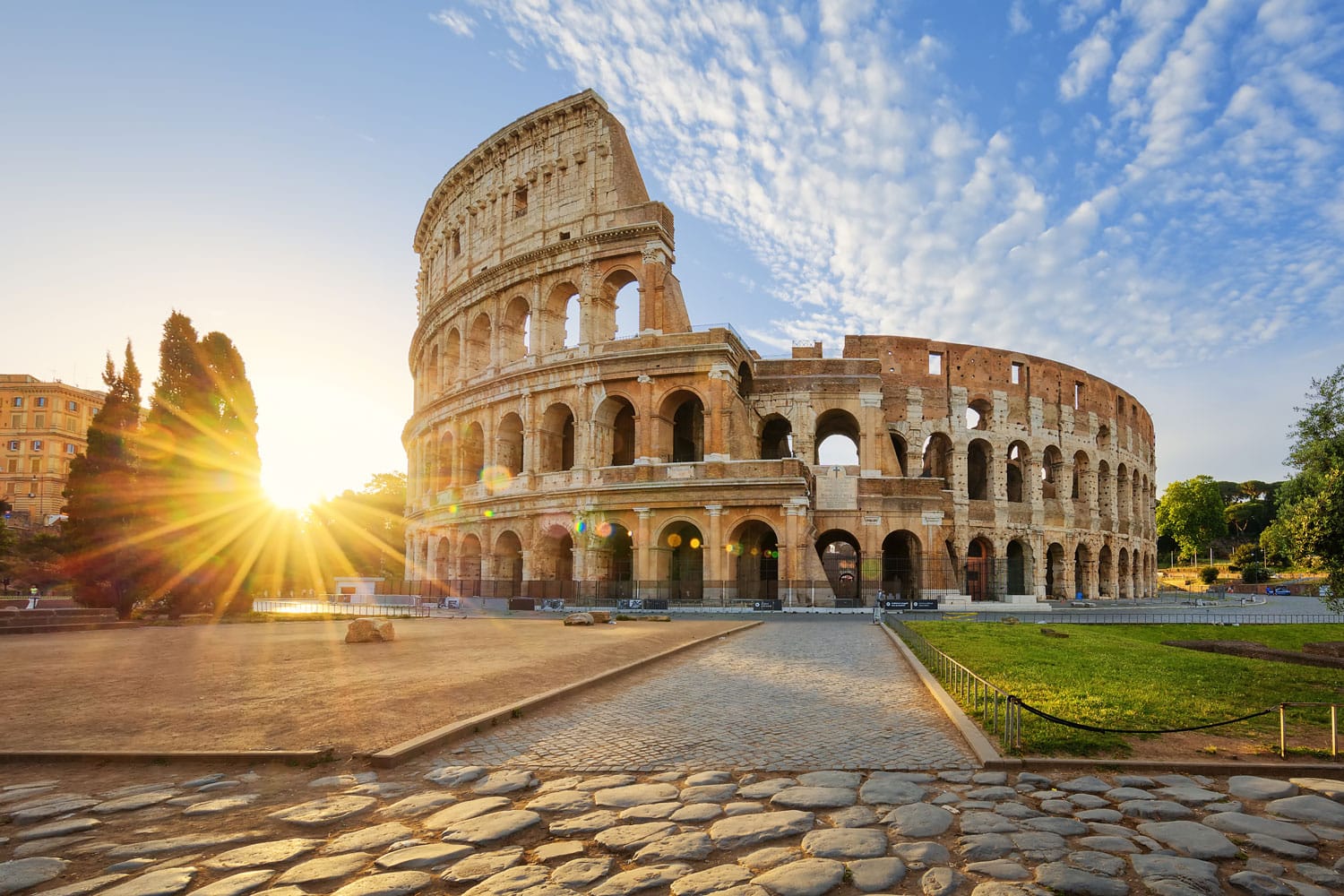
Day 8: Rome
The final stop on your journey through Italy is its capital, Rome. After all, you can’t leave Italy without a visit to the Eternal City.
Start off with a walk past the fascinating ruins of Trajan’s Forum and Trajan’s Market to reach one of the world’s most famous tourist attractions, the Colosseum. Remarkably, this massive Roman stadium where gladiators once fought and died still stands today.
You’ll find many other ancient remains nearby, such as the sprawling Roman Forum and the Palatine Hill, where legend says the city was founded. Then there’s Circus Maximus, where thousands would cheer on chariots as they raced around the still-visible track.
Recommendation: Lines for the Colosseum, Roman Forum, and Palatine Hill can get really long, so it pays to buy bundled Colosseum tickets well in advance. You can purchase your skip-the-line tickets for the Colosseum, Roman Forum, and Palatine Hill here.
Lesser-known attractions worth your time include the Theatre of Marcellus, with its interesting mix of ancient and medieval architecture. There’s also the gigantic Altare della Patria, a monumental building dedicated to Italian reunification and those who died in World War I. Don’t miss watching the sunset from the Terrazza Caffarelli right next door.
Best places to stay in Rome:
Further reading:
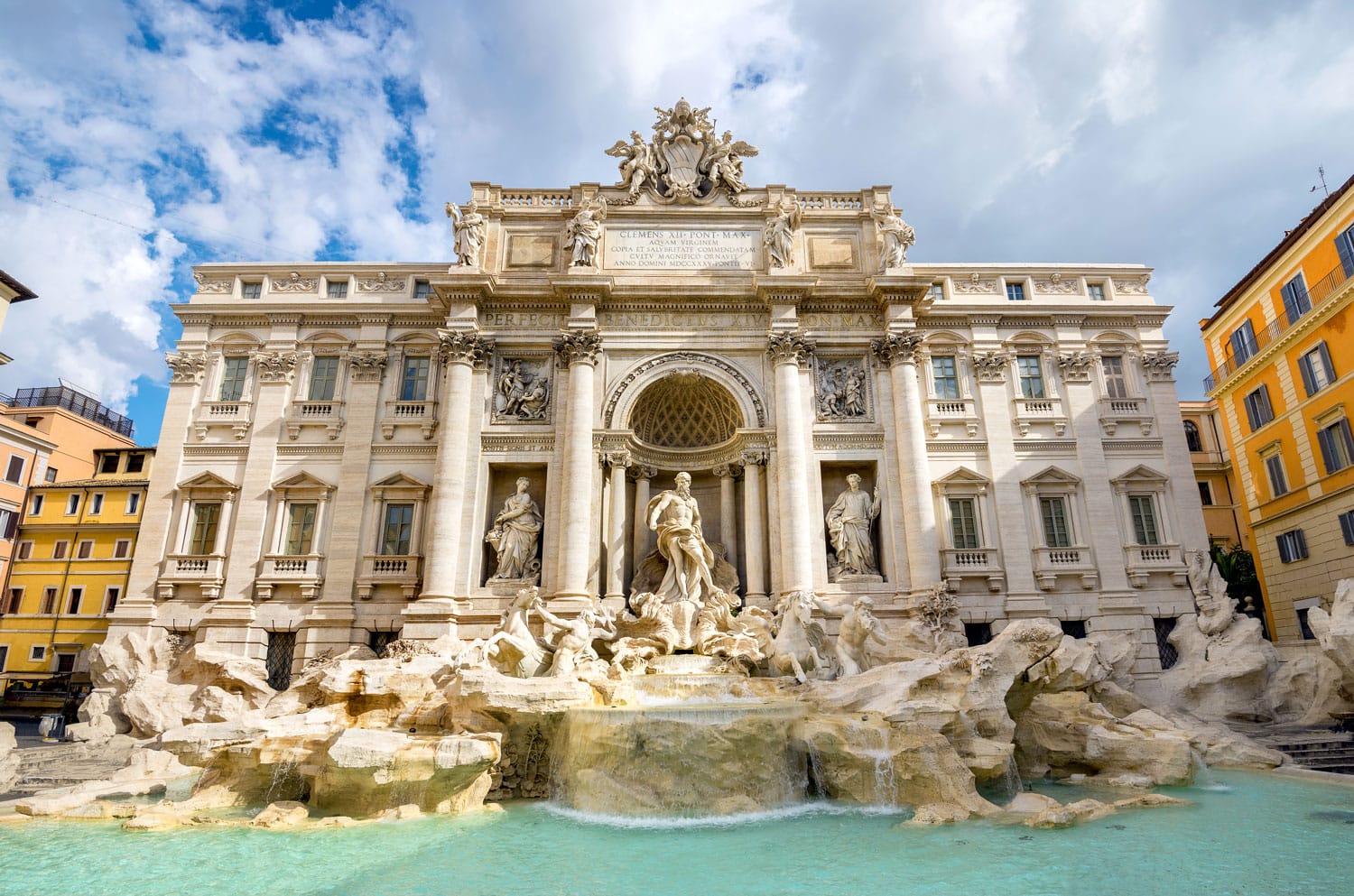
Day 9: Rome
There are plenty more major landmarks and popular sights on the cards for day two in Rome.
Surely one of the most significant areas of Rome is Vatican City, home to the pope and headquarters of the Catholic Church. While you wait in line for St. Peter’s Basilica and the Vatican Museums, take time to appreciate the grand spectacle of St. Peter’s Square. This is also where you can admire the incredible Sistine Chapel, featuring the famous painted ceiling by Michelangelo.
Recommendation: Vatican City (which includes the Vatican Museums, Sistine Chapel, and St. Peter’s Basilica) is another place where buying tickets in advance really makes sense – unless you enjoy waiting in lines for hours. You can purchase your skip-the-line tickets to all of the attractions in the Vatican here.
Back in Rome proper, mix things up with a stop at the Castel Sant’Angelo and its moving bridge of saintly statues. It’s hard to believe that this fortress was originally an ancient Roman mausoleum.
Finish the day with some of Rome’s prettiest spots, including the Spanish Steps and Trevi Fountain. Another sight not to miss is the Pantheon, an ancient temple-turned-church with a window to the heavens at its center.
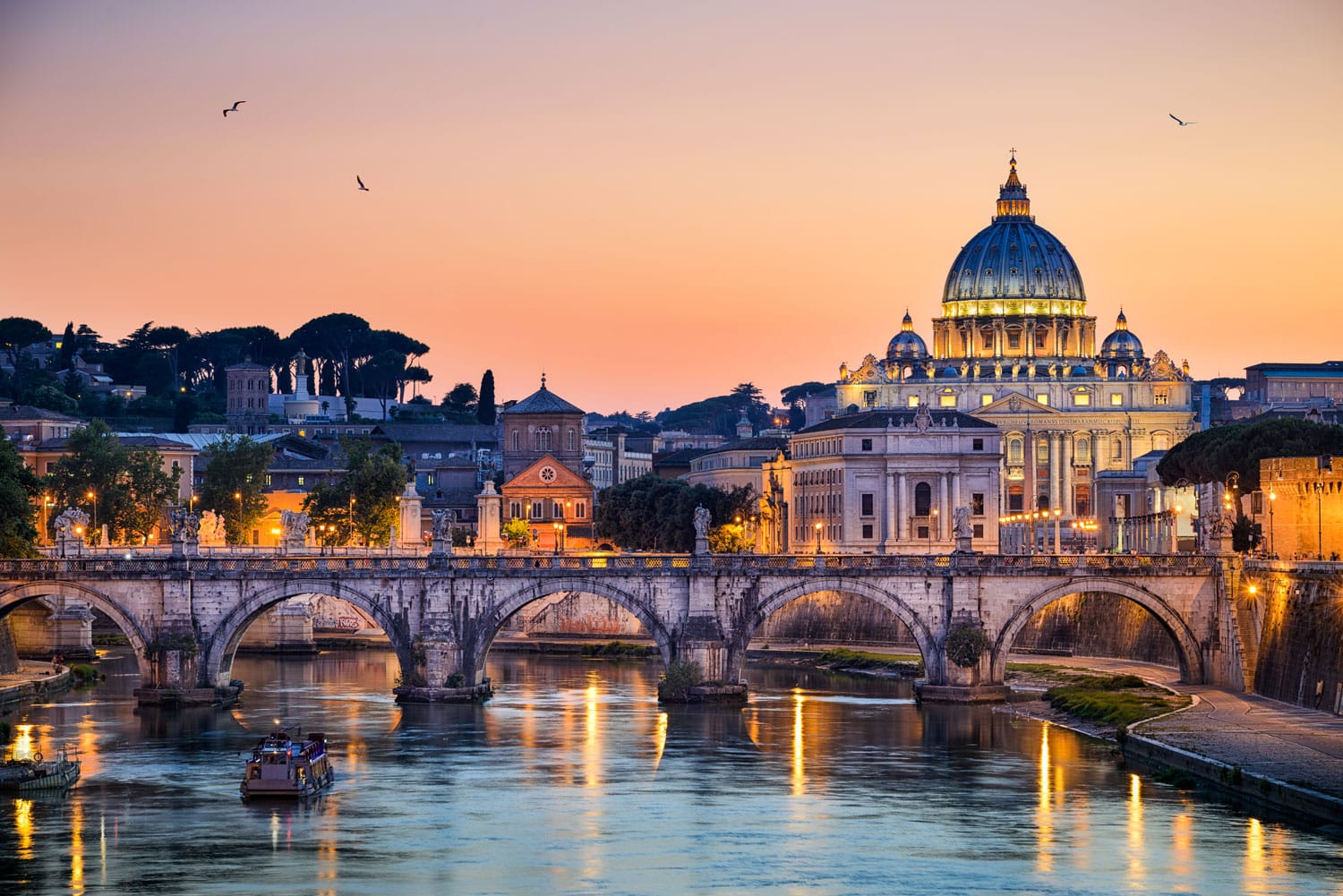
Day 10: Rome
It would take more than three days to experience everything there is to see and do in Rome, but that doesn’t mean you shouldn’t try! Keep going on day three with more of Rome’s seemingly endless attractions.
For a mix of culture, from art to archaeology, find your way to the Capitoline Museums. Here you’ll see works from such masters as Caravaggio and Rubens. The scenic Piazza del Campidoglio outside the museum is worth a quick look around as well.
The Palatine Hill isn’t the only place associated with legend in Rome. Visit the Largo di Torre Argentina to see where Julius Caesar is said to have been stabbed to death by conspiring senators.
Not far away, you’ll spot Tiber Island, the lone island on the river that flows through Rome. It features plenty of historic landmarks, mainly the long-standing Ponte Fabricio and the medieval Fatebenefratelli Hospital, which took over the site from a temple for the Roman god of healing.
On the far side of Rome’s center, you’ll encounter the expansive Piazza del Popolo and the ancient Egyptian obelisk that stands proudly at its center. From here, venture up into the gardens of Villa Borghese and experience the art in the Borghese Gallery.
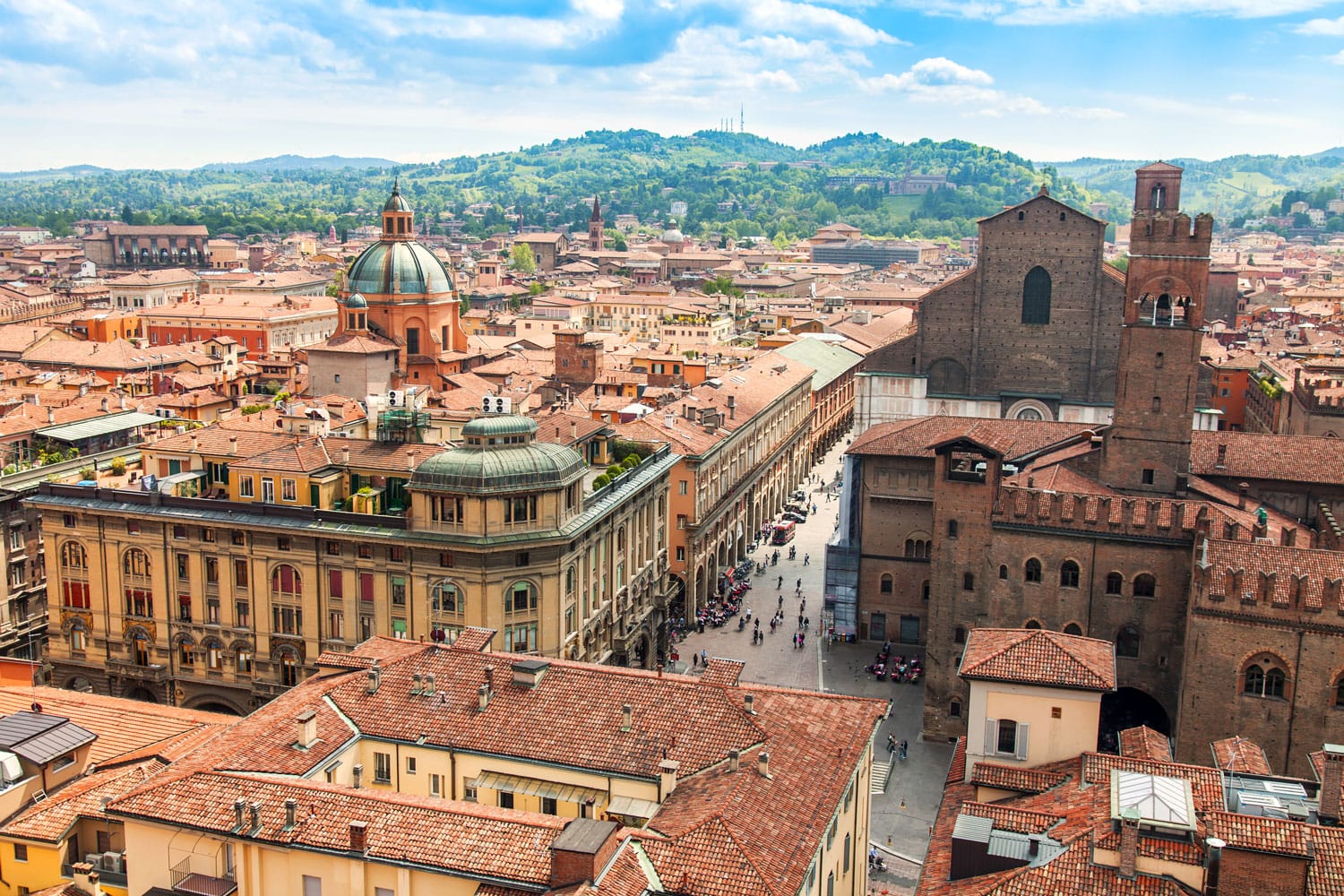
Day 11+
This 10-day itinerary is plotted out to show you the absolute best of Italy, but you don’t have to stop there. These are just some of the places that should be part of your first trip to Italy. In case you have more time or take a second visit, here are some other Italian destinations we’d happily recommend.
- Naples: Naples isn’t just the home of pizza – it’s a major city with plenty to offer for an extended visit to Italy. While it has its own attractions, this southern city is also the gateway to Mount Vesuvius, Pompeii, Positano, the Amalfi Coast, and countless other wonders of the region.
- Bologna: Bologna could simply be a day trip from Florence, but it deserves to be its own stop if possible. Home to the world’s oldest university, Bologna is another medieval Italian city with plenty of character. Stroll through its definitive porticoes between landmarks such as Piazza Maggiore and the symbolic Two Towers.
- Sicily: Italy’s a pretty diverse country, which is particularly apparent with a visit to Sicily, Italy’s southern island and the “toe” of its “boot.” There are historic cities and beaches here too, not to mention Mount Etna, but the island adds its own distinct touch. Some good starting points here are Catania, Taormina, and Palermo.
And there you have it – the ultimate Italy itinerary. You can have so many incredible experiences by traveling through Italy in 10 days. You won’t want to leave at the end of it, but that’s always the hardest part of travel, isn’t it?
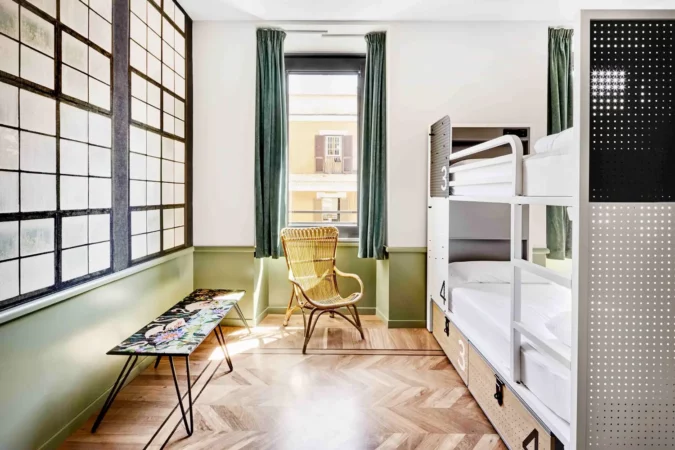
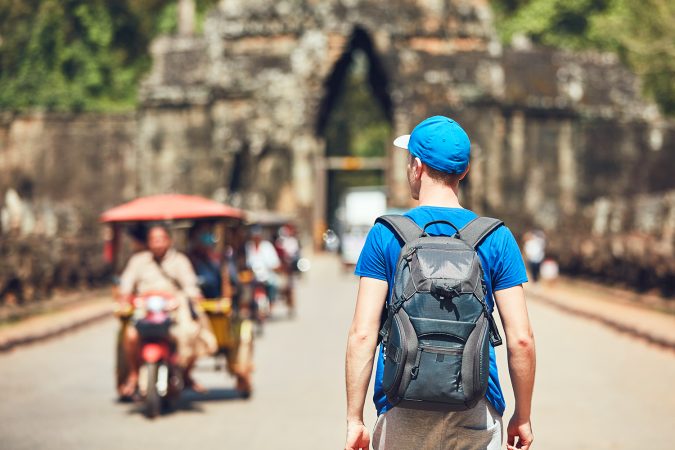
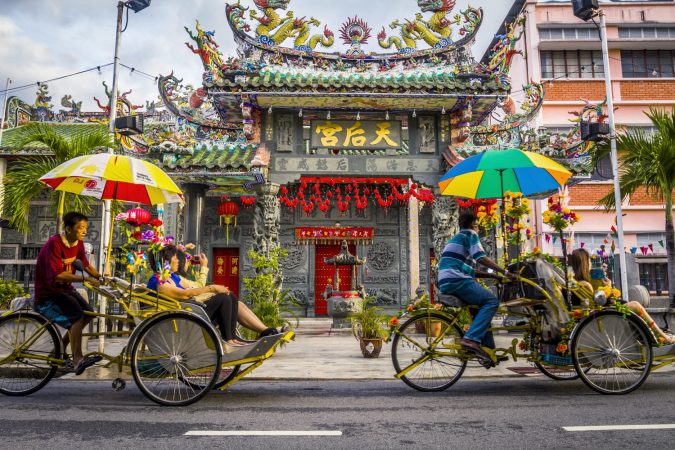
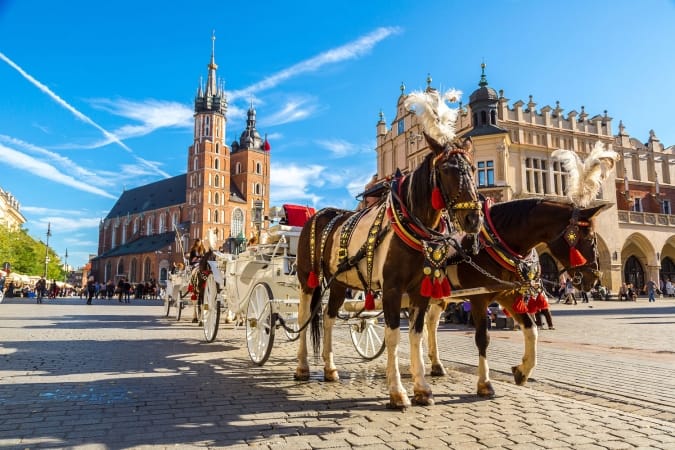
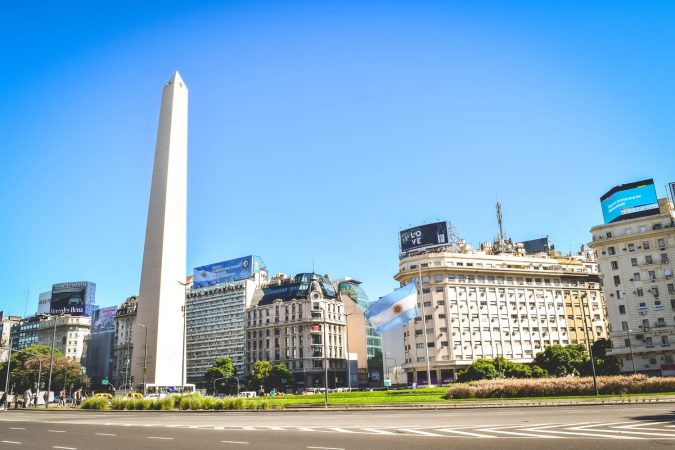
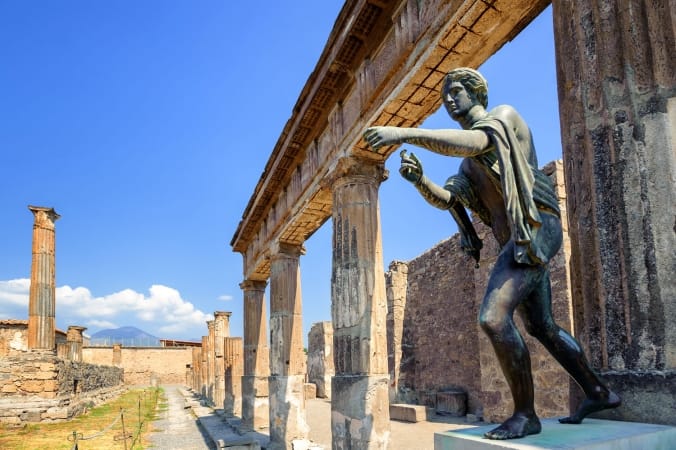
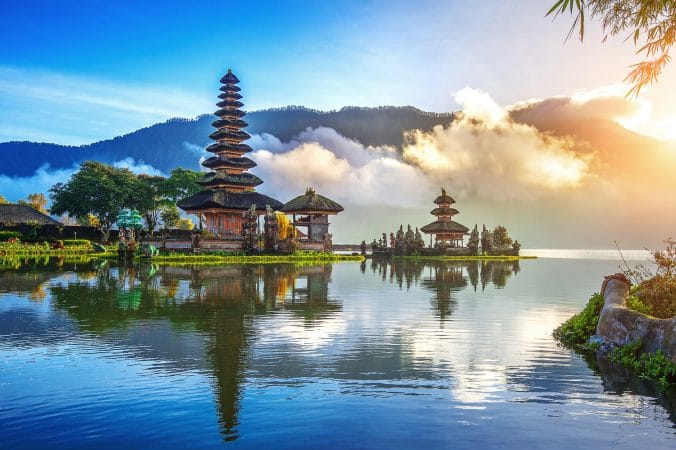
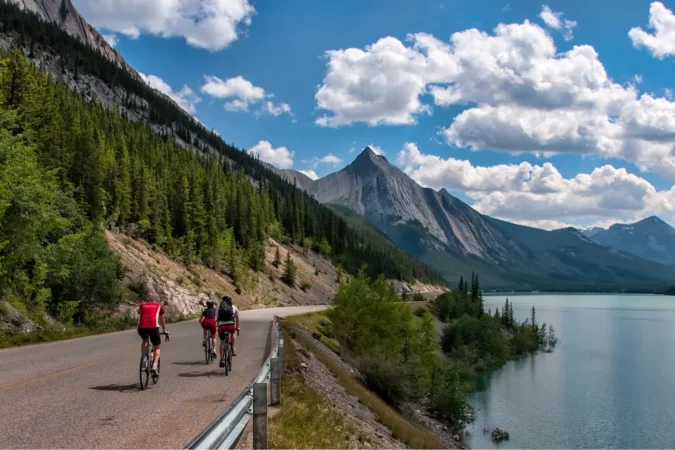
Comments